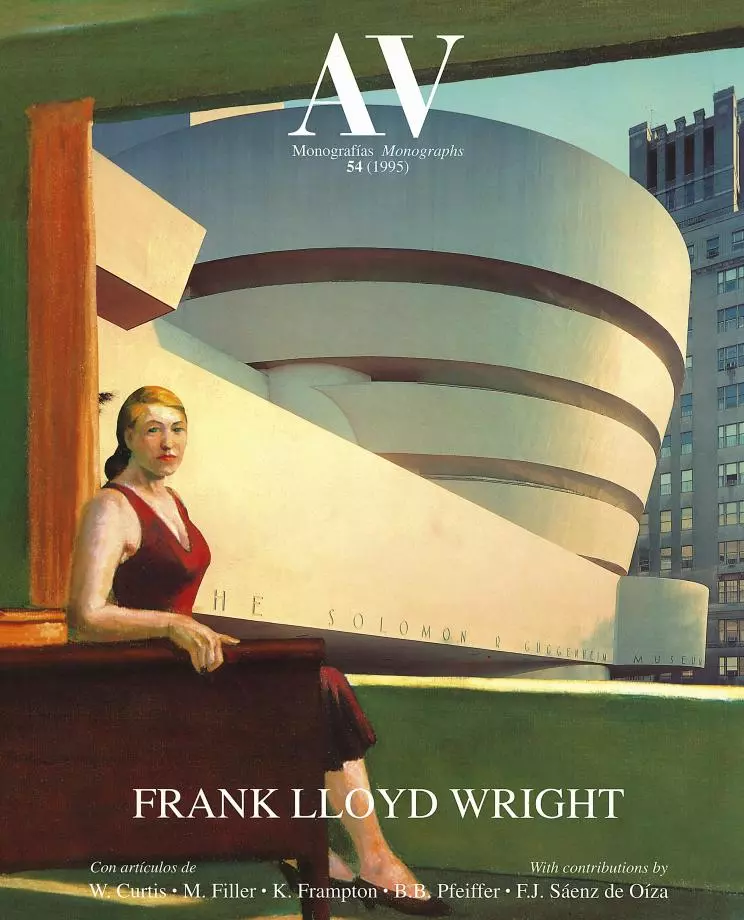Midway Gardens, Chicago
Frank Lloyd Wright- Type Landscape architecture / Urban planning
- Date 1913 - 1914
- City Chicago
- Country United States
- Photograph Frank Lloyd Wright Foundation
During his dramatic flight to Europe in 1909, Frank Lloyd Wright had been impressed by the leisurely outdoor culture of the German and Austrian Biergärten. His friend Ed Waller, Jr., who shared this sentiment, suggested that Wright design just such a place to perk up the decrepit atmosphere of Chicago. But the architect wanted to do more than provide an architectural framework for earthly pleasures; he also wanted to please aesthetic sensibilities. This is how Midway Gardens came about.
The most important part of the program was a huge open space with a series of terraces at various levels around a dancefloor. This ‘summer garden’ was delimited by a perimetral construction whose main side housed the ‘winter garden’, a large hall with two levels of balconies overlooking it. The total indoor area was thus roughly equal to the open-air area. On the opposite side was the orchestra shell, while the two lateral wings were open porticos with views to the dance floor.
In its formal organization, Wright continued to use his highly successful compositional recourses: well articulated masses, predominantly horizontal lines, and taller prismatic volumes which seemed to lend solidity to the complex. As there were no budgetary restrictions in this case, the decorative elements took on spectacular tones. Indeed, this building was emblematic of the revitalization of Wright’s interest in ornament, spurred in part by his trip to Vienna and the vigor if its Secessionist artists. It showed an increase in geometric complexity, with quasi-Cubist figural designs and highly articulated abstract patternings.
Here Wright also repeated the dominant materials of his immediately preceding works, particularly ceramic brick masonry and concrete in different forms: poured, steel-reinforced, and cast in blocks. And he had the opportunity to design all the building’s appointments, from furniture and crockery to murals and lamps.
As a business venture, success was short-lived. On the second weekend, 17,000 persons crowded into the place. But the First World War raised havoc, and the Gardens had to be sold to a brewing company whose clientele was not at par with the refined character of the place. It changed hands again in 1921, and in 1929 came the Great Depression and Prohibition, and with them, the demolition of Midway Gardens. It was not to be the only Wright work to be torn down…[+]
Opening
Detail of entry way.
Photos
Frank Lloyd Wright Foundation.







